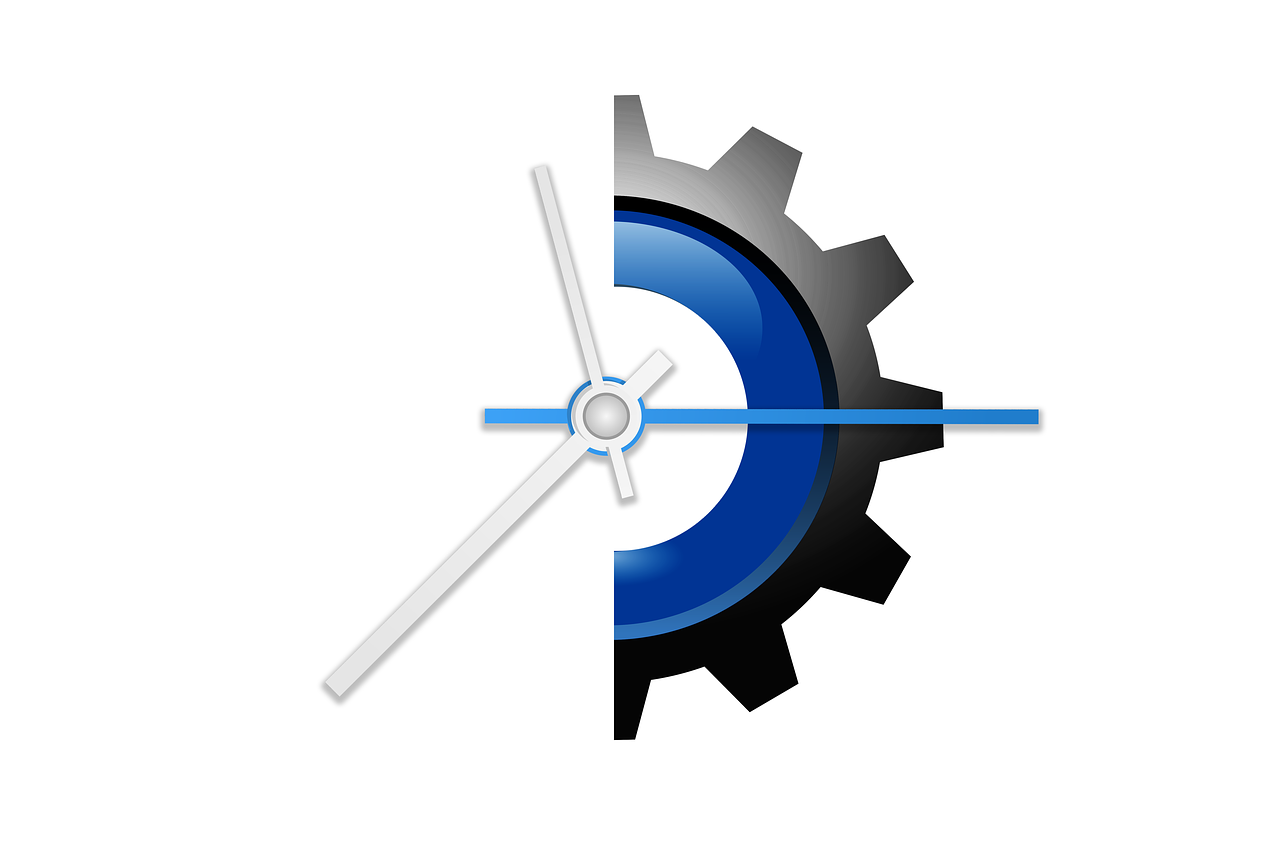Right-Sizing Your CI Resources: A Guide to Semaphore Machine Types
 Victor Uzoagba
Victor Uzoagba
In today's cloud-native world, optimizing CI/CD resources isn't just about speed—it's about finding the sweet spot between performance and cost. Many organizations struggle with over-provisioned or under-provisioned CI resources, leading to either unnecessary expenses or frustrated development teams waiting for builds. This comprehensive guide will help you make informed decisions about Semaphore machine types and optimize your CI/CD infrastructure for both cost and performance.
Introduction
Selecting the right machine type for your CI/CD pipeline is crucial for maintaining development velocity while keeping costs under control. Teams often default to using the most powerful machines available, assuming it's the safest choice. However, this approach can lead to significant resource waste and inflated CI/CD costs. Understanding the nuances of different machine types and matching them to your specific needs can result in substantial cost savings without compromising performance.
Understanding Semaphore Machine Types
Semaphore offers two primary machine types: e1-standard and a1-standard. Let's dive deep into each option.
e1-standard Machines
The e1-standard machines are based on x86_64 architecture and come in several configurations:
e1-standard-2
2 vCPUs
4 GB RAM
Best for lightweight builds and testing
Pricing: $0.12 per hour
e1-standard-4
4 vCPUs
8 GB RAM
Ideal for medium-sized applications
Pricing: $0.24 per hour
e1-standard-8
8 vCPUs
16 GB RAM
Suited for resource-intensive builds
Pricing: $0.48 per hour
Best use cases for e1-standard machines:
Compilation of large codebases
Running memory-intensive test suites
Complex Docker builds
Applications requiring x86 specific optimizations
Performance characteristics:
Consistent performance across builds
Excellent single-thread performance
Wide software compatibility
Predictable behavior for most development workflows
a1-standard Machines
The a1-standard machines utilize ARM architecture and offer compelling price-performance benefits:
a1-standard-2
2 vCPUs
4 GB RAM
ARM architecture
Pricing: $0.09 per hour
a1-standard-4
4 vCPUs
8 GB RAM
ARM architecture
Pricing: $0.18 per hour
a1-standard-8
8 vCPUs
16 GB RAM
ARM architecture
Pricing: $0.36 per hour
Best use cases for a1-standard machines:
Native ARM builds
Containerized workloads
Cross-platform testing
Cost-sensitive projects
ARM architecture considerations:
Native ARM performance benefits
Potential compatibility challenges with some tools
Growing ecosystem support
Excellent price-to-performance ratio
Analyzing Pipeline Requirements
Understanding your pipeline's resource requirements is crucial for making informed machine type decisions.
Resource-Intensive Tasks
Different pipeline stages have varying resource requirements:
Compilation and Building
CPU-intensive operations
Memory requirements vary by language and project size
Example metrics:
Java Spring Boot application: - Clean build: 2-4 GB RAM - Incremental build: 1-2 GB RAM - CPU utilization: 70-90% across available cores
Test Execution
Parallel test execution needs
Database and service dependencies
Memory footprint of test frameworks
Example requirements:
Jest test suite (React application): - Minimum RAM: 2 GB - Recommended RAM: 4 GB - CPU cores: Benefits from 4+ cores for parallelization
Docker Image Creation
Layer caching impact
Multi-stage build requirements
Network bandwidth considerations
Resource patterns:
Typical microservice Docker build: - Peak memory usage: 2-3 GB - CPU spikes during build layers - Storage requirements: 5-10 GB
Performance Metrics to Monitor
Establishing baseline metrics is crucial for optimization:
CPU Utilization
Expected patterns: - Build phase: 80-100% - Test phase: 60-80% - Static analysis: 40-60% - Idle periods: <10%Memory Usage Patterns
Key indicators: - Peak memory usage - Sustained memory requirements - Garbage collection frequency - Memory-related failuresBuild Time Statistics
Critical metrics: - Time per pipeline stage - Queue time - Total execution time - Failed build analysis
Machine Type Selection Framework
Making the right choice requires a systematic approach based on multiple factors.
Factors to Consider
Project Type and Technology Stack
Compiled vs. interpreted languages
Build tool requirements
Test framework demands
Example analysis:
Node.js Microservice: - Build time: Typically fast - Memory usage: Moderate - Recommendation: e1-standard-2 or a1-standard-2 Java Monolith: - Build time: Can be lengthy - Memory usage: High - Recommendation: e1-standard-4 or higher
Team Size and Concurrent Builds
Small team (5-10 developers): - Peak concurrent builds: 3-5 - Machine type: Can use smaller instances - Queue management: Less critical Large team (20+ developers): - Peak concurrent builds: 10+ - Machine type: Need larger or more instances - Queue management: Critical
Real-World Optimization Examples
Let's examine two real-world cases where organizations optimized their CI resources effectively.
Case Study 1: Large JavaScript Application
Initial Setup and Challenges
Initial Configuration:
- Machine type: e1-standard-8 (all stages)
- Average build time: 18 minutes
- Daily builds: ~100
- Monthly cost: $3,456
- Main bottlenecks:
- Underutilized resources in test stages
- High queue times during peak hours
- Excessive costs for simple builds
Resource Usage Analysis
# Resource utilization across stages
Build stage:
CPU: 45-55% average utilization
Memory: 6GB peak usage
Duration: 4-5 minutes
Test stage:
CPU: 85-95% during parallel tests
Memory: 12GB peak usage
Duration: 8-10 minutes
Deployment stage:
CPU: 25-35% average utilization
Memory: 3GB peak usage
Duration: 3-4 minutes
Optimization Steps
- Stage-Specific Machine Types
New Configuration:
Build stage: a1-standard-4
- Sufficient for webpack builds
- Better cost-performance ratio
Test stage: e1-standard-8
- Maintained for parallel test performance
- High memory utilization justified
Deployment stage: a1-standard-2
- Lightweight deployment scripts
- Minimal resource requirements
- Results and Cost Savings
Optimized Metrics:
- Average build time: 16 minutes (11% improvement)
- Monthly cost: $1,892 (45% reduction)
- Resource utilization: 75-85% across stages
- Queue time: Reduced by 40%
Case Study 2: Microservices Architecture
Multiple Pipeline Considerations
Environment:
- 12 microservices
- Shared libraries
- End-to-end testing requirements
- Cross-service integration tests
Resource Allocation Strategy
Pipeline Configuration:
services:
- name: user-service
machine: a1-standard-4
cache_key: "user-service-{{ checksum 'package-lock.json' }}"
- name: payment-service
machine: e1-standard-4
cache_key: "payment-service-{{ checksum 'pom.xml' }}"
- name: notification-service
machine: a1-standard-2
cache_key: "notification-{{ checksum 'requirements.txt' }}"
Performance Improvements
Before Optimization:
- Average pipeline duration: 45 minutes
- Resource utilization: 40-50%
- Failed builds: 12%
After Optimization:
- Average pipeline duration: 28 minutes
- Resource utilization: 70-80%
- Failed builds: 7%
Implementation Guide
Analyzing Current Usage
Tools for Resource Monitoring
# Semaphore CLI command for job metrics
sem get jobs \
--project "your-project" \
--branch "main" \
--after "2024-01-01" \
> job_metrics.json
# Example metrics aggregation script
python3 analyze_metrics.py \
--input job_metrics.json \
--output resource_report.pdf
Identifying Bottlenecks
Common Patterns to Watch:
- Memory pressure:
High garbage collection activity
Out of memory errors
Swap usage
- CPU constraints:
High load averages
Extended build times
Failed parallel operations
- I/O bottlenecks:
Slow artifact uploads/downloads
Cache misses
Docker layer fetch times
Making the Switch
Step-by-Step Migration Process
- Baseline Documentation
Document current state:
- Average build times per stage
- Resource utilization metrics
- Cost per build
- Queue times
- Success rates
- Gradual Migration
Phase 1 - Development branches:
- Test new configurations
- Gather metrics
- Adjust based on feedback
Phase 2 - Feature branches:
- Expand to more teams
- Monitor impact
- Document issues
Phase 3 - Main branch:
- Full rollout
- Continuous monitoring
- Performance validation
Monitoring and Optimization
Key Performance Indicators
Build Time Metrics
Critical metrics to track:
- Time per stage
- Queue duration
- Overall pipeline time
- Build frequency
- Failed build recovery time
Cost Analysis Dashboard
// Example monitoring setup
const metrics = {
costPerBuild: {
current: buildDuration * machineHourlyRate,
trend: calculateTrend(historicalCosts),
threshold: 1.5 // Alert if 50% above baseline
},
resourceUtilization: {
cpu: calculateCPUUsage(),
memory: calculateMemoryUsage(),
optimal_range: {
min: 0.65, // 65%
max: 0.85 // 85%
}
}
}
Continuous Improvement
Regular Review Process
Monthly Review Checklist:
- Resource utilization patterns
- Cost per build trends
- Build time statistics
- Failed build analysis
- Team feedback integration
- Technology stack changes
- New requirements assessment
Conclusion
Right-sizing CI resources is an ongoing process that requires regular attention and adjustment. Key takeaways:
Start with Data
Collect comprehensive metrics
Understand usage patterns
Establish clear baselines
Implement Gradually
Use phased rollouts
Validate changes thoroughly
Monitor impact carefully
Maintain Flexibility
Review regularly
Adjust for team growth
Adapt to new requirements
Focus on Value
Balance speed and cost
Consider team productivity
Measure ROI consistently
Note: This article reflects best practices as of early 2024. CI/CD technologies and pricing models evolve rapidly, so verify current specifications and pricing with Semaphore's official documentation.
Subscribe to my newsletter
Read articles from Victor Uzoagba directly inside your inbox. Subscribe to the newsletter, and don't miss out.
Written by

Victor Uzoagba
Victor Uzoagba
I'm a seasoned technical writer specializing in Python programming. With a keen understanding of both the technical and creative aspects of technology, I write compelling and informative content that bridges the gap between complex programming concepts and readers of all levels. Passionate about coding and communication, I deliver insightful articles, tutorials, and documentation that empower developers to harness the full potential of technology.